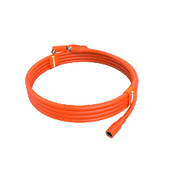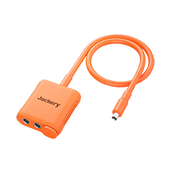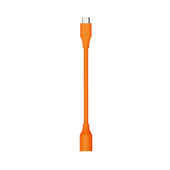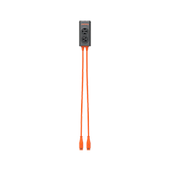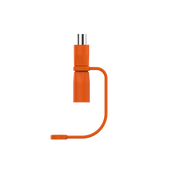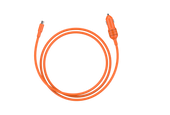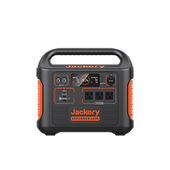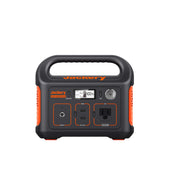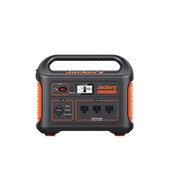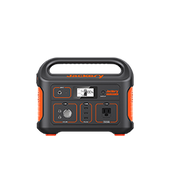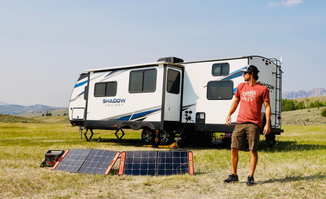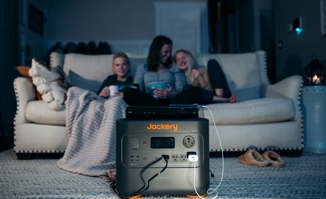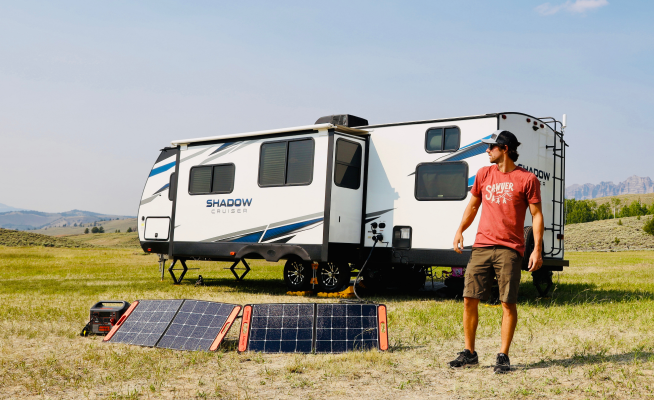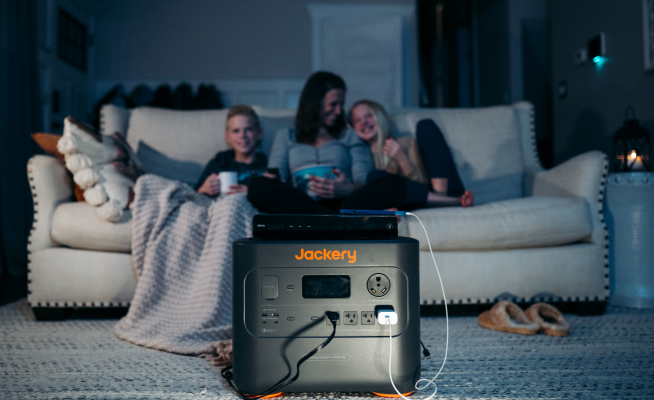What Are the Components of a Solar Panel
Are you tired of paying high energy bills and relying on fossil fuels? Enter solar panels! These amazing contraptions convert sunlight into electricity, and they're becoming increasingly popular as people seek cleaner, greener sources of power.
Solar panels can power everything from small electronics to entire homes, and they're incredibly efficient - in fact, some models can even generate electricity on cloudy days. By harnessing the sun's power, you can save money, reduce your carbon footprint, and enjoy a brighter, more sustainable future.
Solar Panel System Components and Functions

A solar panel system consists of multiple components that combine to generate electrical energy from sunlight. The silicon cells are the heart of the solar panel and are responsible for converting sunlight into electrical energy. Busbars collect electrons generated by the cells and transport them to connectors, while cables and connectors link the panel to the rest of the system.
Framing provides structural support and protection to solar panel systems with materials such as aluminum and steel. Junction boxes protect wiring and allow cables from the panel to connect to the inverter. Diodes help prevent current from flowing back into the panel, ensuring optimal efficiency.
Let's discuss these main components of solar panels in greater length.
Solar Cells
Solar cells are the key component of a solar panel system. They consist of multiple layers of semiconductors that create electric charges when exposed to sunlight. These charges are then collected by the busbars and transported to the connectors, starting the process of converting sunlight into electrical energy.
Solar Glass
Solar glass is a protective covering that maximizes sunlight absorption while shielding solar cells from harsh weather and debris. It is designed to capture the sun's energy while preventing external elements from damaging the delicate cells. This transparent barrier allows sunlight to pass through while safeguarding the cells, ensuring maximum efficiency and longevity.
Back Sheet
The back sheet is like the bodyguard of a solar panel system, protecting the delicate solar cells from external forces such as moisture, heat, and debris. This unsung hero acts as a barrier, ensuring the longevity and efficiency of the solar panel. Without it, the solar cells could be permanently damaged, rendering the entire system useless.
Framing
Framing is like the backbone of a solar panel system, providing crucial structural support and protection for delicate solar cells. Different materials like aluminum and steel are used to construct sturdy frames that help maintain the shape of the panel and maximize energy absorption. This vital component ensures the panel's durability and efficiency.
Busbars, Cables, and Connectors
Busbars, cables, and connectors may be small in size, but they play a big role in a solar panel system. They are responsible for collecting and transporting the electrons generated by the solar cells to the inverter. These solar panel system components are designed to handle high levels of electrical current, ensuring maximum energy efficiency for the system.
The Jackery Solar Panel Components and Functions
Jackery solar panels are designed with high-efficiency monocrystalline solar cells, lightweight aluminum frames, and durable ETFE material. These components work together to provide reliable and efficient solar power on the go. With a built-in charging cable and USB output, Jackery solar panels are convenient and easy to use, making them the perfect companion for your outdoor adventures.
How Are Solar Panels Made?

Solar panels are a marvel of modern technology, but how are they actually made? We detail how it's made to help those who are thinking of DIY solar panel system components cost and savings.
The manufacturing process starts with building solar cells using a process called doping, layering, and etching. Once the cells are produced, they are soldered together to create a panel, accounting for voltage drop and ensuring proper electrical connections. A back sheet, front glass layer, and frame are then installed to create a durable structure that enables efficient energy conversion.
Finally, a junction box is installed, which allows for easy connection and disconnection from an inverter and helps control system performance and safety. Quality testing is crucial to ensure each panel is functioning correctly and performing as expected.
Building The Solar Cells
You've probably seen solar panels around, but have you ever wondered how they work? Well, it all starts with tiny powerhouses called solar cells. These guys are made through a fascinating process that involves adding impurities to a thin layer of silicon. Think of it like adding layers of tasty ingredients to a cake.
The impurities create positive and negative charges, and when you layer the silicon with phosphorus and boron, you create a photovoltaic cell - like a delicious layered cake, only it generates electricity!
To make the cell even more efficient, it's etched with electrical contacts and coated with an anti-reflective layer. With the use of high-quality materials, these steps come together to create a solar cell that can turn sunlight into electricity.
Solder Solar Cells Together To Create A Panel
Soldering solar cells together is a crucial step in creating a solar panel. Proper electrical connections and accounting for voltage drop are essential to maximize efficiency. Once the cells are connected, they can be tested and optimized for energy production.
Install A Back Sheet, Front Glass Layer, And Frame
Solar panels might seem like a simple invention, but there are actually many components that go into their production. One important step is installing a back sheet, front glass layer, and frame onto the panel.
Think of it like building a house - you need a solid foundation to ensure it will last. The back sheet provides a sturdy base, while the front glass layer protects the delicate solar cells from the elements. The frame acts as the walls, holding everything together and giving the panel its shape.
All of these elements work together to create a durable and reliable structure that allows for efficient energy conversion. Without them, solar panels would not be able to withstand the harsh outdoor conditions and provide clean energy to power our homes and businesses.
Install The Junction Box
Installing the junction box is like connecting the final piece of a puzzle. It enables easy connection and disconnection to an inverter, and is essential for controlling system performance and safety. This tiny box is like a traffic cop, directing electricity where it needs to go.
With its installation, the solar panel is now ready to harness the power of the sun and convert it into usable energy.
Quality Testing
Before shipping out solar panels, they undergo rigorous quality testing to ensure proper functioning and performance. This includes checking for defects, measuring output, and exposing the panel to extreme conditions. Think of it like giving your car a test drive before purchasing it.
By conducting these tests, solar panel components manufacturers can ensure that each panel meets their high standards and will deliver reliable energy to consumers.
How Solar Panel System Components Work
Looking to power your devices using solar energy? Then let's talk about the Jackery solar panel system components work, starting with the core of the system: the Jackery SolarSaga. It's a portable and efficient solar panel that works by capturing sunlight and converting it into electricity, just like how your phone charges when you plug it into a wall socket. But instead of a socket, you can take the SolarSaga with you wherever you go, whether you're camping, hiking, or simply spending time outdoors.
To store the electricity generated by the SolarSaga solar panels, you can use a Jackery Explorer power station. Think of it like having a mini power plant that can fit in the trunk of your car or in your backpack. One of the best things about Jackery products is their portability. You can power your mini-fridge, lights, and even a blender for your morning smoothie while camping in the middle of nowhere!
The SolarSaga solar panel and Explorer power station work together to power a range of appliances. For example, the Jackery Explorer 1000 with two SolarSaga 100W panels can power a mini-fridge for up to 16 hours, a 32-inch TV for up to 14 hours, or a laptop for up to 85 hours. And with the ability to connect multiple SolarSaga panels to a single Explorer power station, you can scale up your system to meet your power needs.
So whether you're a camping enthusiast or simply want to reduce your carbon footprint at home, the Jackery solar panel system is a reliable and efficient option. With Jackery products, you can harness the power of the sun to create your own mini power grid wherever you go.
Conclusion
That's it for our discussion on how solar panel systems work and the components that make them up. By harnessing the power of the sun, we can create a reliable and cost-effective source of clean energy. With Jackery's portable and efficient solar panel systems, you can take control of your power needs wherever you go.
Ready to explore Jackery's solar system offerings and start your journey toward clean energy? Check out our website to learn more and see which product best fits your needs. With Jackery, you can power your devices and reduce your carbon footprint at the same time!
Disclaimer:
The runtime mentioned for appliances powered by Jackery is for reference only. Actual runtime may vary under different conditions. Please refer to real-world performance for accurate results.






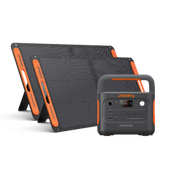


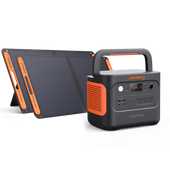

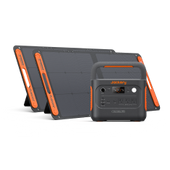
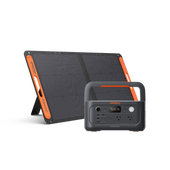
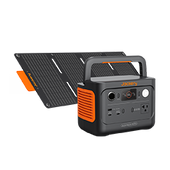
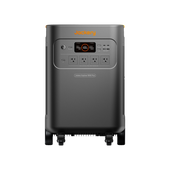
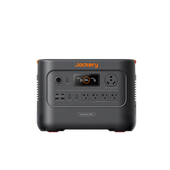
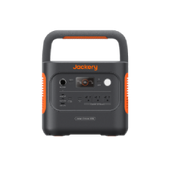
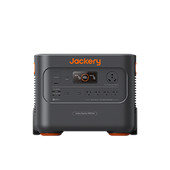
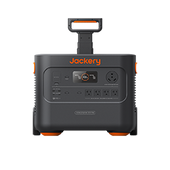

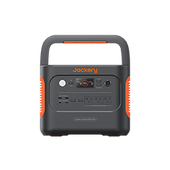
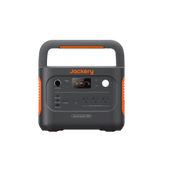
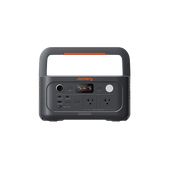

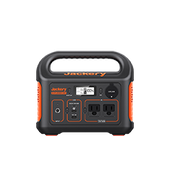
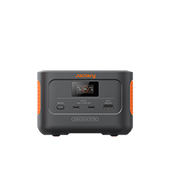
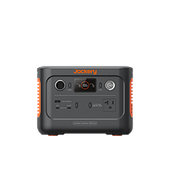
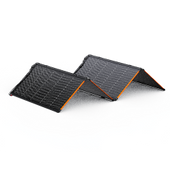
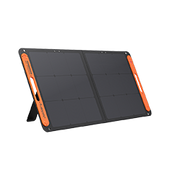

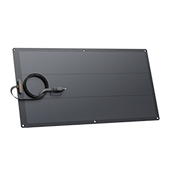
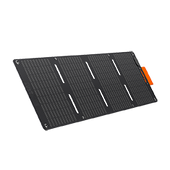
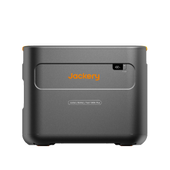
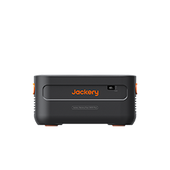
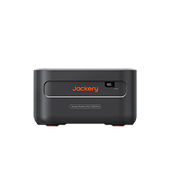
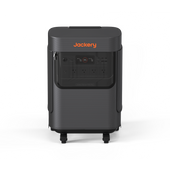
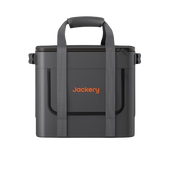
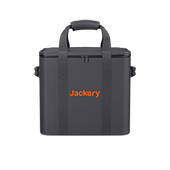
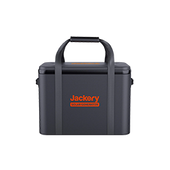
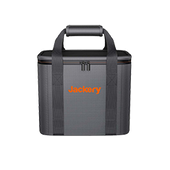
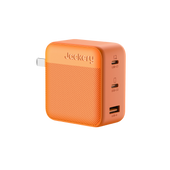
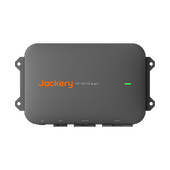
![[Add-on] Jackery Manual Transfer Switch for Explorer 5000 Plus](http://ca.jackery.com/cdn/shop/files/add-on-jackery-manual-transfer-switch-for-5000-plus-240V.webp?v=1757043692&width=170)
